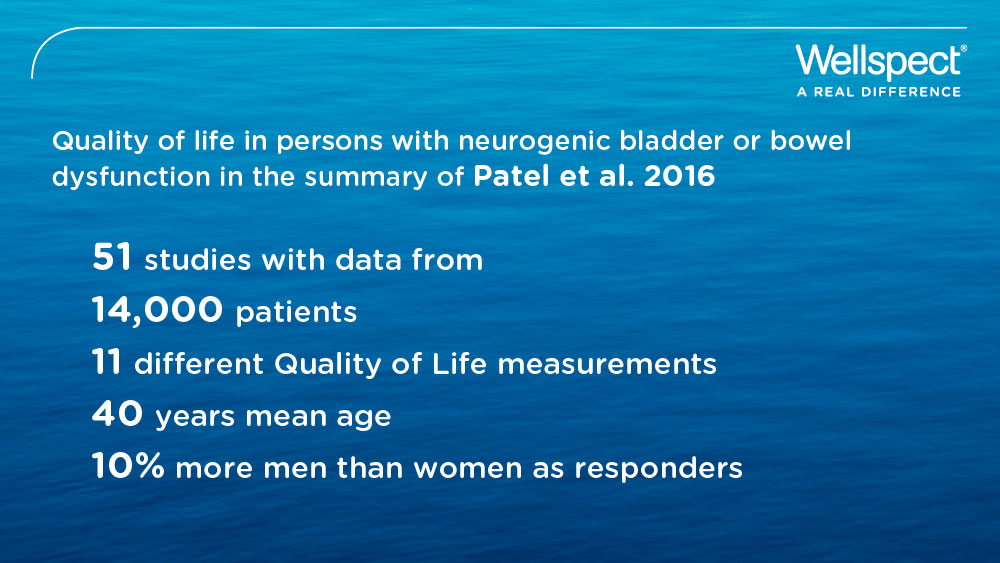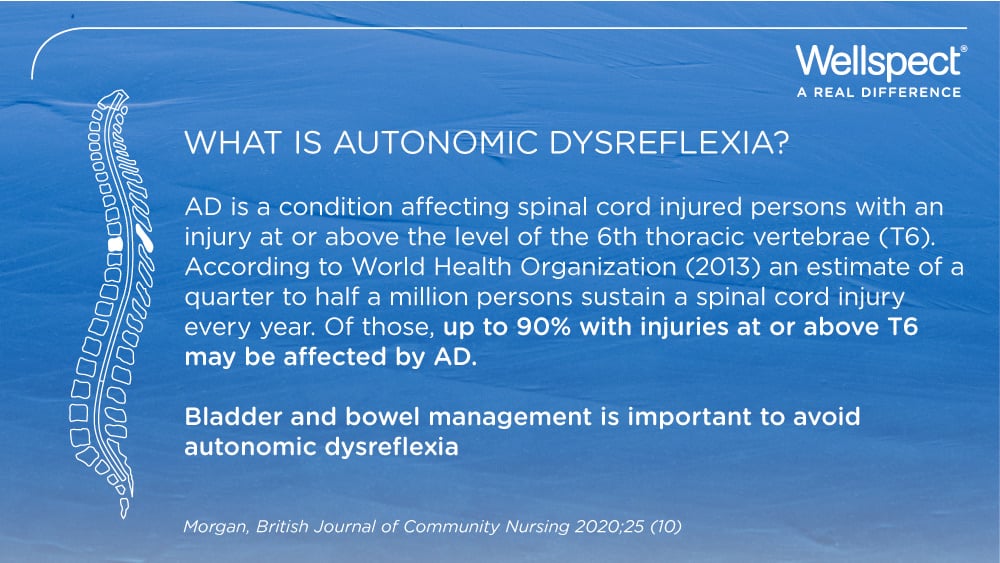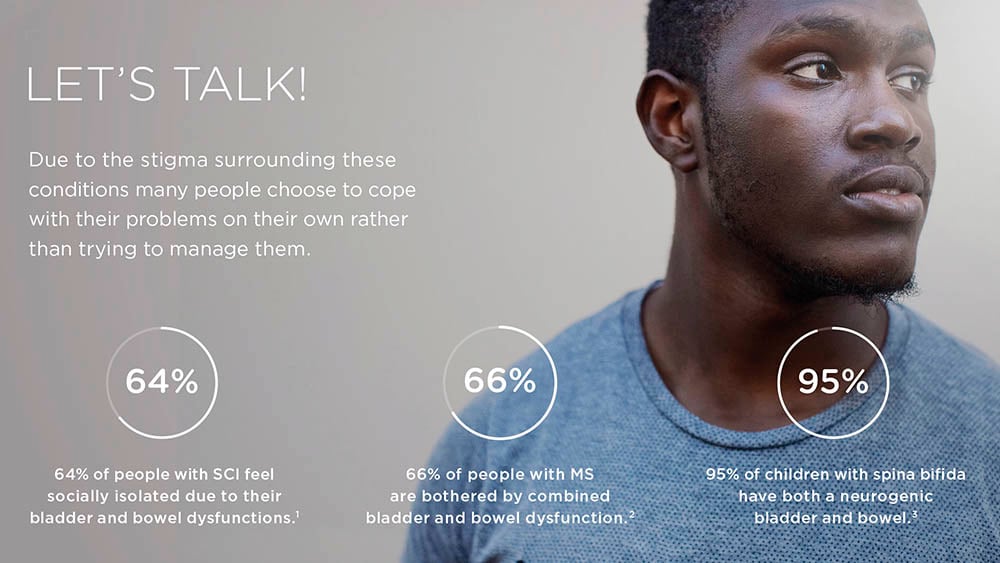Bladder and bowel symptoms are known to reduce quality of life and are rated a severe life problem in persons with SCI. This study was undertaken to identify women’s experiences living with spinal cord injury and neurogenic bladder and bowel.
Topics: Bladder and bowel interaction, Neurogenic bladder, Neurogenic bowel, Women's health, quality of life
Neurogenic bladder and bowel dysfunction has a significant impact on quality of life and well-being. To increase quality of life, treatments should be based on patient reported outcomes. Read more about this and other conclusions in a literature review by Patel et al.
Topics: Bladder and bowel interaction, Neurogenic bladder, Neurogenic bowel, quality of life
Autonomic dysreflexia (AD) is a condition that may affect as many as 90% of spinal cord injured patients with injuries at or above the 6th thoracic vertebrae. This review aims to increase the knowledge and understanding of AD to ease management of the condition.
In this review, the author describes the prevalence, cause, symptoms, assessment and management of autonomic dysreflexia (AD). A spinal cord injury at or above the 6th thoracic vertebrae may cause AD in up to 90% of the cases. AD is an episodic uncontrolled elevation of systolic blood pressure of more than 20 mmHg that is caused by a noxious stimulus below the level of injury. A noxious stimulus can be a distended bladder or constipation and it is therefore important to have a good bladder and bowel management in place.
Read MoreTopics: Neurogenic bowel, Spinal Cord Injury
TAI is a proven therapy for irrigating the bowel – thousands of users have found effective relief from their bowel issues, and it even promotes better bladder health. But adherence in the initial training stage of adoption can often see users back out and return to less effective, but familiar strategies for managing the bowel. How to address these obstacles? In this case study, we look at how one user returned to TAI with consistent adherence.
Read MoreTopics: Neurogenic bowel, Navina Smart Data, TAI
The benefits of patient centered care cannot be overestimated. A holistic approach reveals avenues for care that might otherwise be left neglected – opportunities missed to enhance the wellbeing of the patient. But what would a working model look like when it concerns patients with neurogenic bladder and bowel?
Read More
Topics: Bladder and bowel interaction, Neurogenic bladder, Neurogenic bowel








